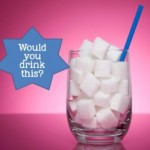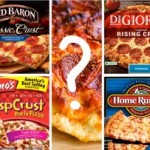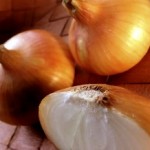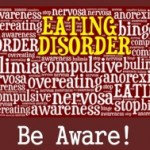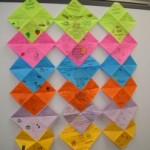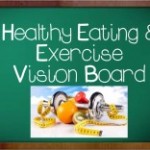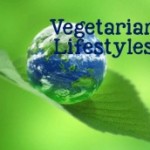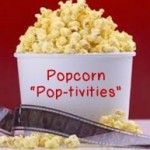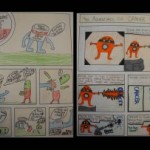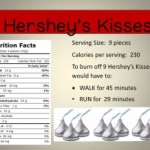
Calories in and calories out is a one day lesson that highlights and explains what calories are, where they come from, andHershey.Kiss how we manage our weight with them. After learning the basics of calories, students will research how many calories are in a serving of their favorite snack food, and do some math calculations in order to figure out approximately how much time they would need to spend walking and running to burn off the consumed amount. This is a stand alone lesson/activity or could be easily adapted for an interactive student notebook.


